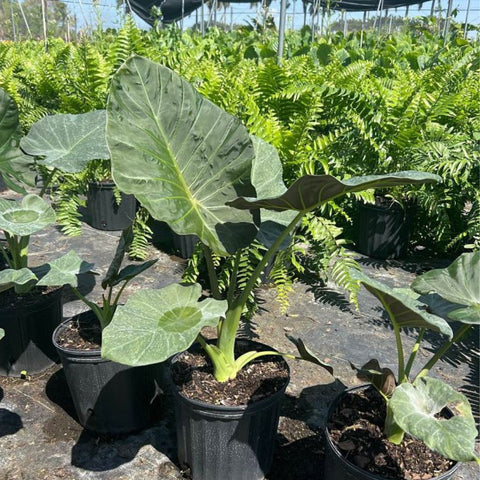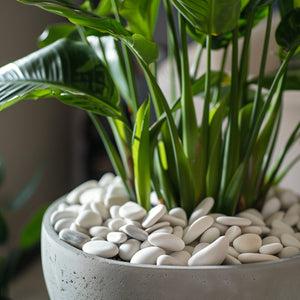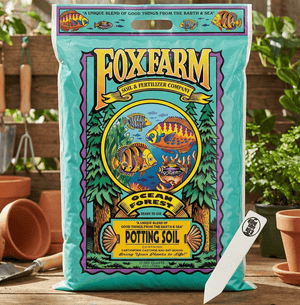Introduction
There’s something inherently magical about spring. As the world wakes from its winter slumber, the promise of blooming flowers and fresh produce beckons gardeners everywhere. Spring is not just a season; it’s a moment of renewal and infinite possibility. It's the ideal time to plan your garden, ensuring a vibrant display of colors and a bountiful harvest. Engaging in spring gardening comes with numerous benefits. It provides an opportunity to reconnect with nature, promotes physical health through outdoor activity, and is a rewarding avenue for stress relief. Furthermore, a well-planned garden can enhance your home’s aesthetics and even increase its value. Effective garden planning is crucial. Without a solid plan, you may find yourself caught in a spring frenzy, resulting in a garden that is disorganized, underwhelming, or fails to thrive. Join us on this journey from Plantology, your trusted online resource for premium plants and trees, as we delve into the essentials of crafting your dream spring garden.
Assessing Your Garden Space
Understanding Your Growing Zone
Before you start designing your garden, it's essential to understand your local climate and soil conditions. The USDA Hardiness Zones are a standard by which gardeners can determine which plants are most likely to thrive in their location.How to Determine Your Zone and Its Implications
To find your USDA Hardiness Zone, simply use an online tool or refer to the USDA's zone map. The zone number is particularly handy for selecting plants; it tells you about the average minimum winter temperature in your area. Plantology offers a wide selection of plants suitable for various zones, ensuring that what you choose will flourish in your environment.Planning the Layout of Your Garden
Analyzing Sun and Shade Patterns
One of the most critical factors in garden planning is understanding the sun and shade patterns of your space. Plants have varying needs for sunlight, and knowing which areas of your garden are sunniest will help you place your plants accordingly.Determining Soil Quality and Drainage
Conducting a soil test will provide invaluable information about your soil’s pH and nutritional content. This will guide the amendments you might need to make. Ensure your garden layout includes adequate drainage to prevent waterlogging and promote healthy plant growth.
 Designing Your Planting Strategy
Designing Your Planting Strategy
Choosing Your Plants
Consider incorporating a mix of perennials and annuals to ensure a dynamic display all season long. At Plantology, we offer a variety of plants that cater to different tastes and environmental conditions, such as the stunning [Agapanthus Lily of the Nile Blue](https://plantologyusa.com/products/agapanthus-lily-of-the-nile-blue), perfect for adding a dash of blue to your garden.Incorporating Trees and Shrubs
Trees and shrubs provide structure and backdrop to any garden. They can offer shade, privacy, and serve as windbreaks. The [Adonidia Palm](https://plantologyusa.com/products/adonidia-palm-double), available in single, double, and triple trunk options, is an excellent choice for those in warmer zones looking for a tropical aesthetic.Creating a Planting Schedule
Timing is everything in gardening. Different plants have differing ideal planting times. Ensure you create a schedule that accounts for when each plant should be sown or transplanted to leverage the best growing conditions.Preparing the Soil
Soil Amendment and Fertilization
To prepare your garden for planting, enrich the soil with organic matter such as compost or well-rotted manure. This not only enhances soil fertility but also improves its texture and moisture-retentive capabilities.
Using Mulch to Conserve Moisture
Applying a layer of mulch can help retain soil moisture, suppress weeds, and gradually deliver nutrients to the soil. Organic mulches like bark, straw, or grass clippings are often recommended.Implementing Watering Systems
Evaluating Your Garden’s Water Needs
Understand that water requirements vary between plant types and garden setups. Mornings are generally the best time to water your garden to minimize evaporation and fungal diseases.Choosing the Right Irrigation Method
Whether you opt for drip irrigation, soaker hoses, or traditional sprinklers, be sure to tailor your system to meet the specific needs of your plants efficiently. A well-considered system can save water while ensuring your garden stays lush and healthy.Enhancing Your Garden with Edible Plants
Growing Vegetables and Herbs
Spring is an excellent time to plant many vegetable and herb varieties. Whether you’re dreaming of fresh tomatoes, zucchini, or basil, creating an area for edibles in your garden can offer both beauty and bounty.Adding Fruit Trees and Bushes
Fruits trees like apple, cherry, or peach and berry bushes such as blueberries or raspberries can also be integrated. When choosing your fruit-bearing plants, consider the pollination requirements and make sure they match with Plantology’s offerings for quality and sustainability.































Comments (0)
There are no comments for this article. Be the first one to leave a message!